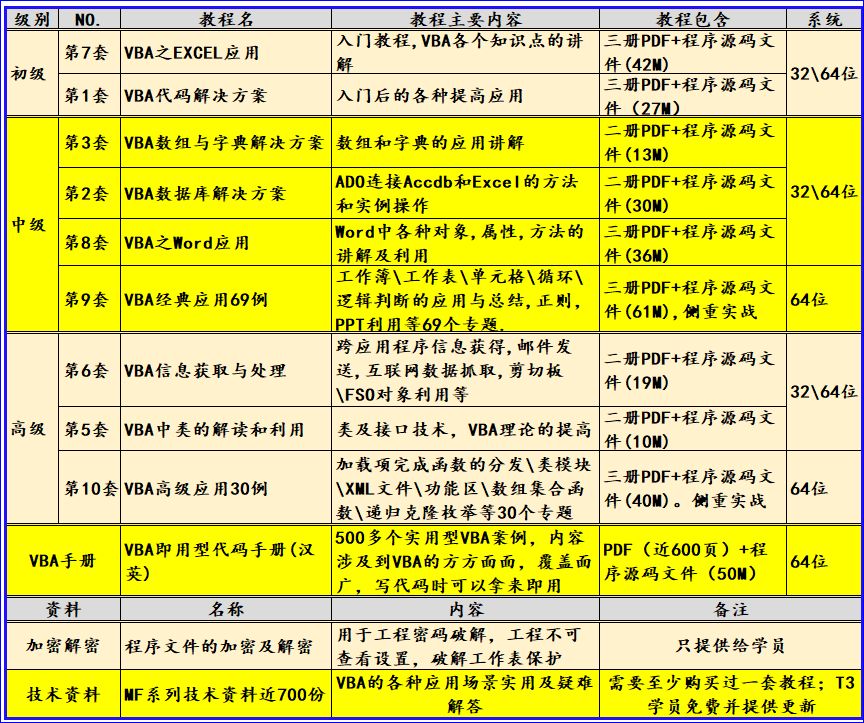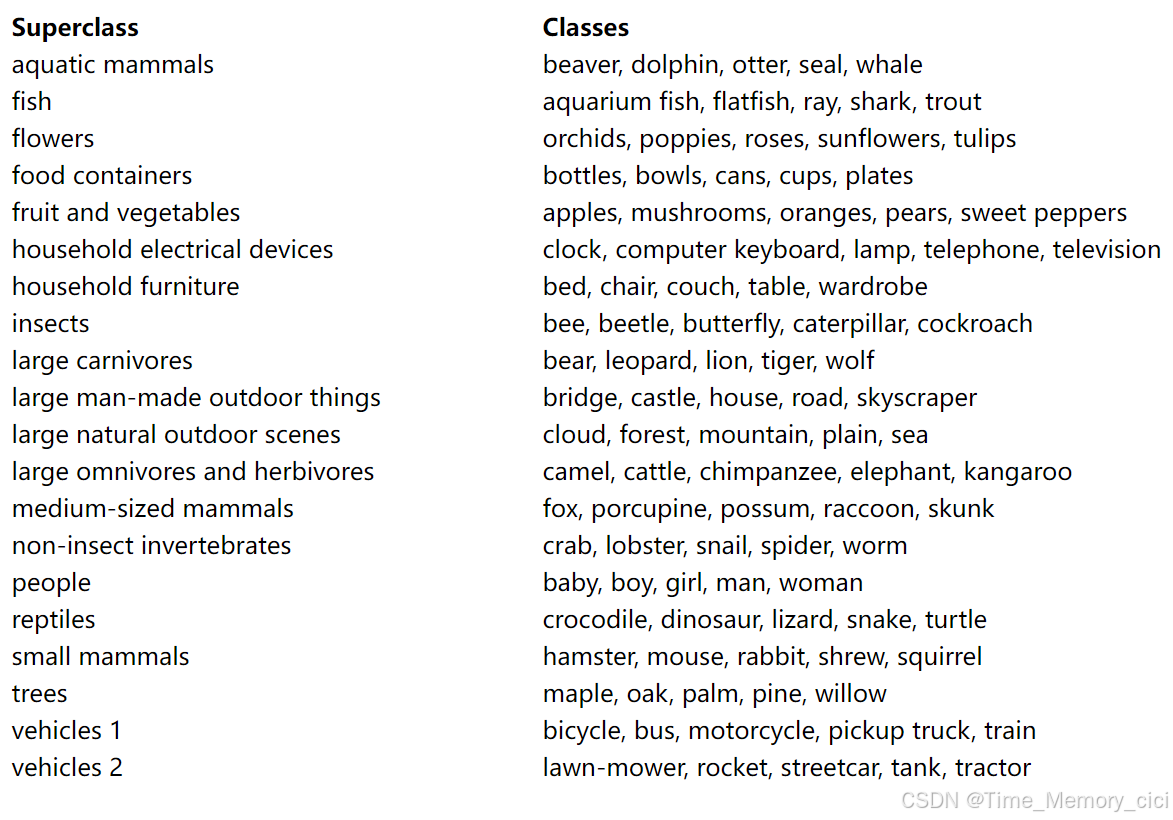文章目录
- 前言
- 一、unordered_set模拟实现
- 二、unordered_map模拟实现
前言
1、unordered_set与unordered_map的介绍与接口使用可参考:unordered_set 、 unordered_map。
2、unordered_set和 unordered_map 的底层实现都是基于哈希表的。哈希表是一种通过哈希函数组织数据,以支持快速插入和搜索的数据结构。在 C++ STL(Standard Template Library)中,这两种容器利用哈希表的高效特性来提供快速的查找、插入和删除操作。
3、哈希表
namespace OpenHash
{
//前置声明 -->给迭代器向上查找
template<class K, class T, class KeyOfValue, class HF >
class HashBucket;
//哈希节点
template<class T>
struct HashBucketNode
{
HashBucketNode(const T& val)
: _pNext(nullptr), _val(val)
{}
HashBucketNode<T>* _pNext;
T _val; //数据
};
//迭代器
template<class K,class T,class KeyOfValue,class HF,class Ptr,class Ref>
struct HsIterator
{
typedef HashBucketNode<T> Node;
typedef HashBucket<K, T, KeyOfValue, HF> Hash;
typedef HsIterator<K, T, KeyOfValue, HF,Ptr,Ref> Self;
Node* _cur;
const Hash* _hash;
HsIterator(const Hash* hash, Node* cur ):_cur(cur),_hash(hash){}
Self& operator++()
{
KeyOfValue func;
HF hf;
if (_cur->_pNext != nullptr)
{
_cur = _cur->_pNext;
}
else
{
int hashi = hf(func(_cur->_val)) % _hash->_table.size();
Node* cur = _hash->_table[++hashi];
while (hashi < _hash->_table.size() && cur == nullptr)
{
cur = _hash->_table[hashi];
hashi++;
}
_cur = cur;
}
return *this;
}
bool operator==(const Self& it)
{
return _cur == it._cur;
}
bool operator!= (const Self& it)
{
return _cur != it._cur;
}
Ref operator*()
{
return _cur->_val;
}
Ptr operator->()
{
return &(_cur->_val);
}
};
template<class K,class T, class KeyOfValue, class HF >
class HashBucket
{
typedef HashBucketNode<T> Node; //节点重命名
typedef HashBucket<K,T, KeyOfValue, HF> Self; //自身重命名
public:
typedef HsIterator<K, T, KeyOfValue, HF, T*, T&> Iterator; //迭代器重命名
typedef HsIterator<K, T, KeyOfValue, HF,const T*,const T&> ConstIterator; //const迭代器重命名
//迭代器作为有友元
template<class K, class T, class KeyOfValue, class HF, class Ptr, class Ref>
friend struct HsIterator;
//构造函数 哈希桶初始化大小为10
HashBucket(size_t capacity = 10)
: _table(10)
, _size(0)
{}
//拷贝构造
HashBucket(const Self& self)
{
_table.resize(10);
//通过遍历Self和插入接口即可
for (int i = 0; i < self._table.size(); i++)
{
Node* cur = self._table[i];
while (cur)
{
Insert(cur->_val);
cur = cur->_pNext;
}
}
}
//赋值重载
Self& operator=(Self self)
{
Clear();
Swap(self);
return *this;
}
~HashBucket()
{
Clear();
}
Iterator Begin()
{
//找到第一个不为空的桶
int i = 0;
while (_table[i] == nullptr)
{
i++;
}
return Iterator(this, _table[i]);
}
Iterator End()
{
//用nullptr代表最后一个元素的后一个位置
return Iterator(this, nullptr);
}
ConstIterator Begin() const
{
int i = 0;
while (_table[i] == nullptr)
{
i++;
}
return ConstIterator(this, _table[i]);
}
ConstIterator End() const
{
return ConstIterator(this, nullptr);
}
//返回值:为了unordered_map的重载[]能够使用
pair<bool, Iterator>Insert(const T & val)
{
//将数据转化为键值
KeyOfValue func;
//不允许重复键值
Iterator it = Find(func(val));
if ( it != End())
{
return make_pair(false,it);
}
//将键值转化为整形(哈希地址)
HF ik;
int hashi = ik(func(val)) % _table.size();
//超过负载因子
if (_size == _table.size())
{
//库容2倍
vector<Node*> tmp(_table.size() * 2);
//将原来的数据转移到tmp
for (int i = 0; i < _table.size(); i++)
{
if (_table[i] != nullptr)
{
Node* cur = _table[i];
while (cur)
{
//重新获取哈希地址
int k = ik(func(cur->_val)) % tmp.size();
//头插入tmp
Node* next = cur->_pNext;
cur->_pNext = tmp[k];
tmp[k] = cur;
cur = next;
}
}
}
//将容器进行交换
_table.swap(tmp);
}
//插入
Node* cur = new Node(val);
cur->_pNext = _table[hashi];
_table[hashi] = cur;
_size++;
return make_pair(true, Iterator(this,cur));
}
// 删除哈希桶中为data的元素(data不会重复)
bool Erase(const K& key)
{
//将数据转化为键值
KeyOfValue func;
//将数据转化为键值
HF ik;
int hashi = ik(key) % _table.size();
//获取头节点
Node* cur = _table[hashi];
//前驱指针
Node* prev = nullptr;
while (cur)
{
//找到,重新连接
if (func(cur->_val) == key)
{
if (prev == nullptr)
{
_table[hashi] = cur->_pNext;
}
else
{
prev->_pNext = cur->_pNext;
}
_size--;
delete cur;
return true;
}
prev = cur;
cur = cur->_pNext;
}
return false;
}
Iterator Find(const K& key)
{
//将数据转化为键值
KeyOfValue func;
//将数据转化为键值
HF ik;
int hashi = ik(key) % _table.size();
//获取头节点
Node* cur = _table[hashi];
//查找
while (cur)
{
if (func(cur->_val) == key)
{
return Iterator(this,cur);
}
cur = cur->_pNext;
}
return Iterator(this, nullptr);
}
//大小
size_t Size()const
{
return _size;
}
//是否为空
bool Empty()const
{
return 0 == _size;
}
//清空
void Clear()
{
//遍历容器清空每个节点
for (int i = 0; i < _table.size(); i++)
{
Node* cur = _table[i];
while (cur)
{
Node* next = cur->_pNext;
delete cur;
cur = next;
}
//最后置空
_table[i] = nullptr;
}
//大小为0
_size = 0;
}
//交换
void Swap(Self& ht)
{
//交换内部容器即可
_table.swap(ht._table);
swap(_size, ht._size);
}
private:
vector<Node*> _table; //储存哈希桶头节点指针
size_t _size = 0; // 哈希表中有效元素的个数
};
};
一、unordered_set模拟实现
1、底层实现
unordered_set 的底层是一个哈希表。但是,它只存储元素本身,而不是键值对。因此,每个元素的值同时也是其唯一的键。
2、特点
无序性:元素的顺序不保证,且可能会随着插入和删除操作而改变。
元素的唯一性:unordered_set 中的每个元素都是唯一的。
快速查找:同样地,平均情况下,查找、插入和删除操作的时间复杂度都是 O(1)。
3、代码实现
(1)基础框架
//哈希函数
template<class K>
class HashFunc
{
public:
size_t operator()(const K& val)
{
return val;
}
};
//特化版本的哈希函数
template<>
class HashFunc<string>
{
public:
size_t operator()(const string& s)
{
const char* str = s.c_str();
unsigned int seed = 131; // 31 131 1313 13131 131313
unsigned int hash = 0;
while (*str)
{
hash = hash * seed + (*str++);
}
return hash;
}
};
//数据转化为键值的函数
template<class K>
struct KeyOfValue
{
const K& operator()(const K& data)
{
return data;
}
};
//unordered_set
template<class K, class HF = HashFunc<K>>
class unordered_set
{
//哈希表重命名
typedef OpenHash::HashBucket<K, const K, KeyOfValue<K>, HF> HT;
public:
//对哈希表迭代器进行重命名
typename typedef HT::Iterator iterator;
typename typedef HT::ConstIterator const_iterator;
private:
//哈希表
HT _ht;
};
unordered_set模板参数
K:即充当键值也充当数据
HF:哈希函数,用于计算哈希值
unordered_set成员变量
_ht: 哈希表
给哈希表传模板参数
K : 代表键值类型,该类型变量用于查找删除等接口
const K:代表数据类型,因为不能被修改所以加上const修饰,该类型变量用于插入等
KeyOfValue<K>:将数据转化为键值(在unordered_set中不明显,因为键值类型与数据类型一致,主要在unordered_map中体现)
HF:哈希函数,用于计算哈希值
(2)接口实现
这里的接口都是直接复用哈希表的接口,包括插入、删除、查找等,析构不用我们自己实现,因为结束时析构自动调用哈希表的析构函数进行清理。
//构造函数
unordered_set() : _ht()
{}
//拷贝构造函数
unordered_set(const unordered_set& p) :_ht(p._ht)
{}
//赋值函数
unordered_set& operator=(const unordered_set& p)
{
_ht = p._ht;
return *this;
}
//迭代器
iterator begin()
{
return _ht.Begin();
}
iterator end()
{
return _ht.End();
}
const_iterator begin() const
{
return _ht.Begin();
}
const_iterator end()const
{
return _ht.End();
}
//元素个数
size_t size()const { return _ht.Size(); }
//是否为空
bool empty()const { return _ht.Empty(); }
//查找
iterator find(const K& key) { return _ht.Find(key); }
//插入
pair<bool, iterator> insert(const K& valye)
{
return _ht.Insert(valye);
}
//删除
bool erase(const K& position)
{
return _ht.Erase(position);
}
(3)测试
void test_set()
{
//默认构造
unordered_set<int> s;
//插入
s.insert(1);
s.insert(2);
s.insert(3);
s.insert(4);
cout << "s1:";
//拷贝构造
unordered_set<int> s1(s);
//迭代器遍历
unordered_set<int>::iterator it1 = s1.begin();
while (it1 != s1.end())
{
cout << *it1 << " ";
++it1;
}
cout << endl;
cout << "s2:";
//赋值
unordered_set<int> s2;
s2 = s;
//删除
s2.erase(1);
s2.erase(2);
//迭代器遍历
unordered_set<int>::iterator it2 = s2.begin();
while (it2 != s2.end())
{
cout << *it2 << " ";
++it2;
}
}

二、unordered_map模拟实现
1、底层实现
unordered_map 的底层是一个哈希表,每个元素都是一个键值对(key-value pair)。通过哈希函数,键(key)被映射到一个特定的位置(也称为桶或槽位),这个位置存储了相应的值(value)。如果多个键经过哈希函数计算后得到相同的位置,就发生了哈希冲突,此时通常通过链表或红黑树等数据结构来解决冲突。
2、特点
无序性:元素的顺序不保证,且可能会随着插入和删除操作而改变。
快速查找:平均情况下,查找、插入和删除操作的时间复杂度都是 O(1)。
键的唯一性:每个键在 unordered_map 中必须是唯一的。
3、代码实现
(1)基础框架
//哈希函数
template<class K>
class HashFunc
{
public:
size_t operator()(const K& val)
{
return val;
}
};
//特化string
template<>
class HashFunc<string>
{
public:
size_t operator()(const string& s)
{
const char* str = s.c_str();
unsigned int seed = 131;
unsigned int hash = 0;
while (*str)
{
hash = hash * seed + (*str++);
}
return hash;
}
};
//数据转化为键值
template<class K, class V>
struct KeyOfValue
{
const K& operator()(const pair<K, V>& data)
{
return data.first;
}
};
template<class K, class V, class HF = HashFunc<K>>
class unordered_map
{
//对哈希表重命名
typedef OpenHash::HashBucket<K, pair<const K, V>, KeyOfValue<K, V>, HF> HT;
public:
//迭代器重命名
typename typedef HT::Iterator iterator;
typename typedef HT::ConstIterator const_iterator;
private:
//哈希表
HT _ht;
};
unordered_map模板参数
K:键值类型
V:数据类型
HF:哈希函数
unordered_map成员变量
_ht:哈希表
给哈希表传模板参数
K:键值,用于删除、查找等接口
KeyOfValue<K, V>:将数据转化为键值
pair<const K, V>:作为数据,其中const K作为键值类型(因为键值不能改需要通过const修饰),V作为映射的数据类型,通过KeyOfValue<K, V> 函数返回键值(如在插入时只传入pair<const K, V>类型数据,无法通过数据进行比较,所以需要通过该函数转化)。
HF:哈希函数
(2)接口实现
A . 重载[ ] : 该接口的特点是如果该键值的不存在,则进行插入(键值映射的数据用默认构造初始化),如果存在就返回键值映射的数据,所以需要与插入接口的配合,通过插入接口的返回值来配合。
//重载[]
V& operator[](const K& key)
{
pair < bool, iterator > ret = _ht.Insert(make_pair(key, V()));
return ret.second->second;
}
B . 其他接口都是直接复用哈希表的接口,包括插入、删除、查找等,析构不用我们自己实现,因为结束时析构自动调用哈希表的析构函数进行清理。
//构造函数
unordered_map() : _ht()
{}
//拷贝构造
unordered_map(const unordered_map& p) :_ht(p._ht)
{}
//赋值
unordered_map & operator=(const unordered_map& p)
{
_ht = p._ht;
return *this;
}
//迭代器
iterator begin()
{
return _ht.Begin();
}
iterator end()
{
return _ht.End();
}
const_iterator begin() const
{
return _ht.Begin();
}
const_iterator end()const
{
return _ht.End();
}
//元素个数
size_t size()const
{
return _ht.Size();
}
//是否为空
bool empty()const
{
return _ht.Empty();
}
//查找
iterator find(const K& key)
{
return _ht.Find(key);
}
//
插入
pair<bool,iterator> insert(const pair<K, V>& valye)
{
return _ht.Insert(valye);
}
//删除
bool erase(const K& key)
{
return _ht.Erase(key);
}
(3)测试
void test_map()
{
//默认构造
unordered_map<int, int> m;
//插入
m.insert({ 1,1 });
m.insert({ 2,2 });
m.insert({ 3,3 });
m.insert({ 4,4 });
cout << "m1:";
//拷贝构造
unordered_map<int, int> m1 = m;
//迭代器遍历
unordered_map<int, int>::iterator it1 = m1.begin();
while (it1 != m1.end())
{
cout << it1->first << ":" << it1->second << " ";
++it1;
}
cout << endl;
cout << "m2:";
//赋值
unordered_map<int, int> m2;
m2 = m;
//删除
m2.erase(1);
m2.erase(2);
//重载[]
m2[3] = 100;
m2[5] = 100;
//迭代器遍历
unordered_map<int, int>::iterator it2 = m2.begin();
while (it2 != m2.end())
{
cout << it2->first << ":" << it2->second << " ";
++it2;
}
}




















